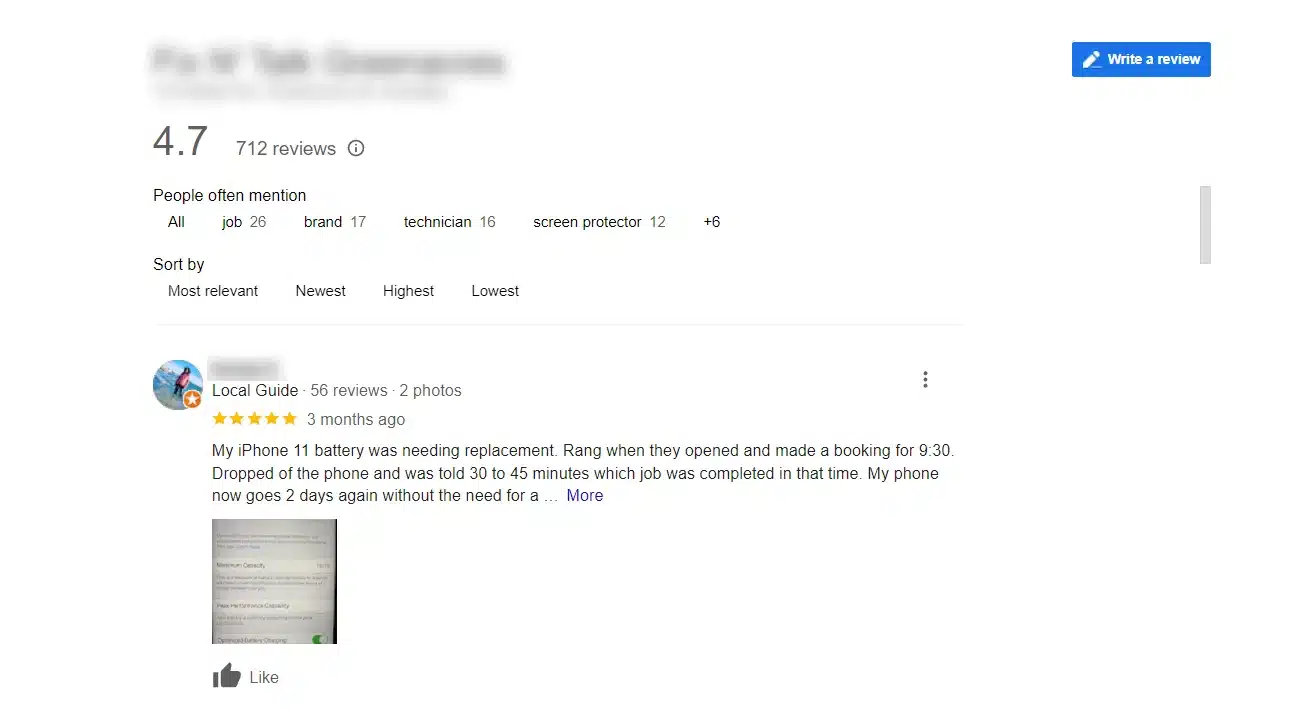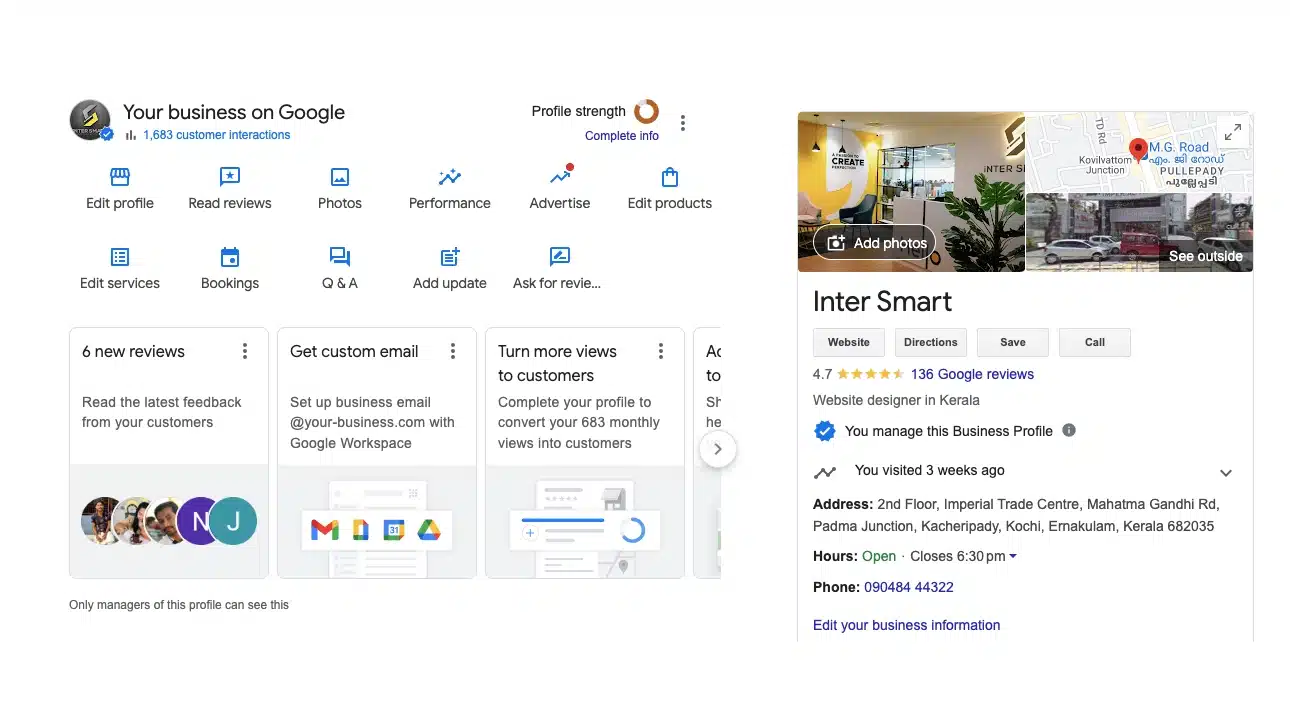If you own an auto repair shop or dealership, you know how tightly competitive the automobile industry can be. With more customers relying on Google to locate services, your business needs to be at the top of all those search results. But how does one do that? The answer is through local SEO, or Search Engine Optimization.
The blog ‘Boosting Local SEO for Auto Repair Shops and Dealerships’ will detail all the steps you must take to be able to optimize your business for local searches, attract additional customers, and get ahead of competitors. From Google My Business to refining your content game, the experts of our SEO agency Dubai have covered it.
What Is Local SEO?
Local SEO is the strategy that helps your business appear in search results when people seek services that are “near me” or within a particular location. Imagine if some car breaks down or requires a quick repair; they will not look for “auto repair services,” they’ll be looking for “auto repair shops near me.”
If your auto repair shop or dealership fails to appear in these localized search results, you’re missing out on a lot of potential customers. Local SEO helps to increase the visibility of your business and also builds credibility and trust.
So, how do you improve the local SEO of your auto repair shop? Before reaching out to the popular SEO services Dubai, continue reading the blog.
1. Optimize Your Google My Business Profile
Your Google My Business (GMB) profile is your digital storefront. When a customer types in “auto repair near me,” the GMB listing pops up with business hours, location, photos, and reviews. Here’s how to optimize it:
- Claim and Verify Your GMB Profile: If you haven’t done this already, make it your first step. Google requires verification to confirm that you’re really a business.
- Fill in Complete Information: Fill out all of the information correctly, including the business name, address, phone number, website, and business hours. Don’t forget to fill in special services such as “emergency repair” or “tyre replacement.” This will help Google match the services you have available with relevant queries.
- Add Photos and Videos: Add good photo images of your shop, repair bays, waiting area, and team. Adding videos of how you do repairs or some short introductions of your team can also be engaging to customers at large.
- Ask for Customer Reviews: As a local SEO, gold is positive reviews. Ask satisfied customers to leave their reviews and respond to each and every review, whether good or negative. The interaction shows Google (and the customers) that you really care.
2. Get Your NAP Consistent Everywhere
NAP stands for name, address, and phone number. Here consistency is the key. Your NAP information must be uniform everywhere—that is, on your website, social media profiles, directory listings, and any other place your business is cited.
Why Is This Important?
Search engines cross-reference your business details to validate your existence. Inconsistent information may confuse the search engine and harm your rankings.
- Use Moz Local or Yext to check and update your NAP on the web.
3. Perfect Use of Local Keywords
Keywords play a pretty important role in SEO, and with local SEO, it’s no different, but while leveraging keywords may seem very basic, you need to be more specific in this case. So, you would want to use location-specific keywords like “auto repair in Dubai” or “car dealership near Al Awir”.
- Keyword Research: Use tools like Ahrefs or SEMrush for popular local search keywords. Use them naturally on your website content, meta descriptions, and headings.
- Location Pages: If your shop provides services in more than one location, then this would call for a separate location page for each location. Not only would this help in doing better in search for local SEO but also in the case of an information search by customers
4. Localize Your Website for Local SEO
It needs to attract visitors, but at the same time, it must be locally search-optimized. How?
- Create Local Content: Create local content blogs and articles specific to your neighborhood. Such as, “Top 8 Reasons for Car Repairing Before Winter in Dubai” or “How Dubai Drivers should always keep their car in good condition.”
- Schema Markup: Schema markup is a kind of code that enables search engines to understand your business better. You might increase the likelihood of getting featured in rich snippets by adding local business schema to your website.
- Mobile Optimization: Most of the local searches are performed using mobile devices. Ensure that your website is mobile-friendly, loads faster, and provides a seamless user experience even on small screens.
5. Concentrate on Local Citations
Local citations are online mentions of your business name, address, and phone number written down on websites outside of the officially owned ones. Here, you will find local directories, business listings, and even news articles among other things.
- Submit to Local Directories: List your shop in local business directories such as Yelp, YellowPages, and the Better Business Bureau.
- Get Featured in Local Publications: Reach out to local bloggers and news sites. If your shop sponsors a local event or is involved in community activities, make sure the press covers it. This not only gives you exposure but also strengthens your SEO through backlinks.
6. Build High-Quality Backlinks
Even now, backlinks are considered one of the best tools for promoting the authority of your site and a higher rank. Obtain local backlinks for local SEO.
- Partner with Local Businesses: Team up with local businesses, such as car wash stations, tire shops, or towing companies. Cross-promotion often proves to be a great way to get the better of some priceless backlinks.
- Participate in Local Events: Sponsor or participate in local events, and you are more than likely going to find your shop featured on numerous local websites as well, increasing the possibility of getting some backlinks.
Make Your Website User Friendly
User experience, or UX, has direct effects on your rankings. If a user can’t navigate your site easily or cannot find what they want, they will bounce, and search engines will know.
- Speed Load Times: It is keeping users from coming to websites if they load too slowly. Compress images, eliminate unnecessary scripts, and minimize server response times.
- Easy Navigation: Organize your website to create easy paths toward more important information like your services, contact details, or appointment booking.
- Clear Call to Action (CTAs): Show clearly visible CTAs like “Book an Appointment Now” or “Get a Free Estimate” to guide users.

















